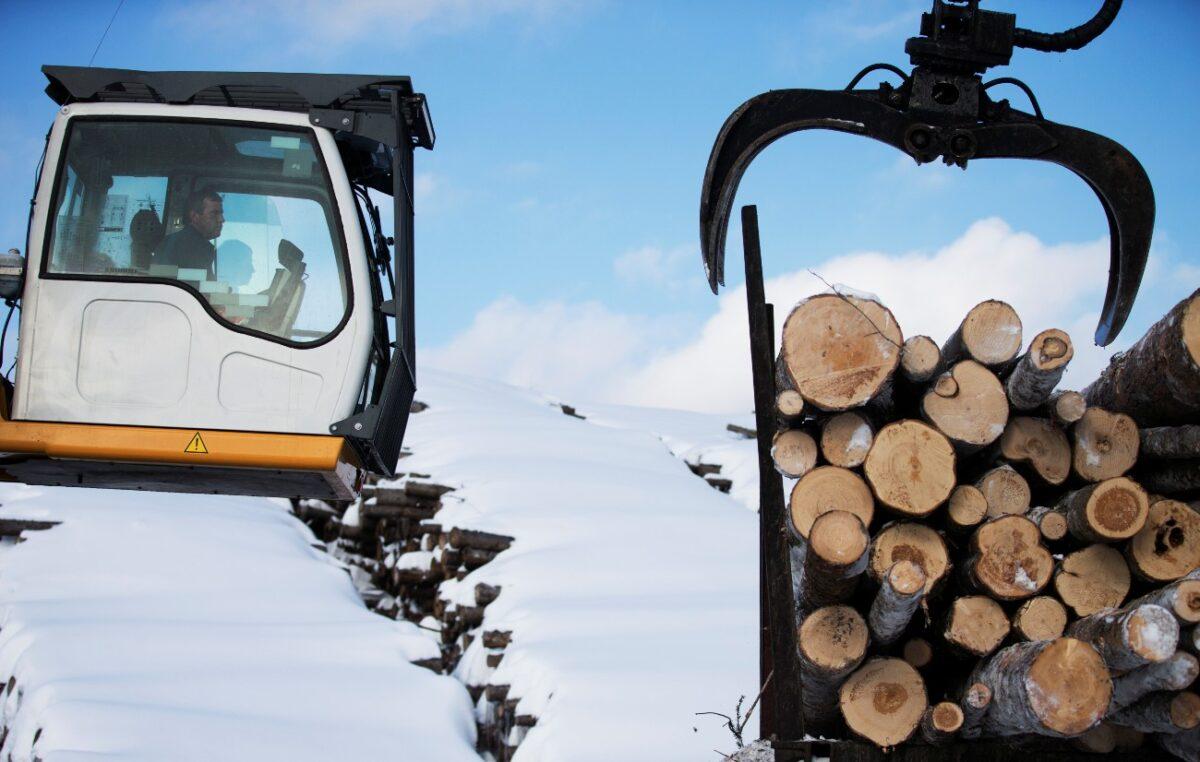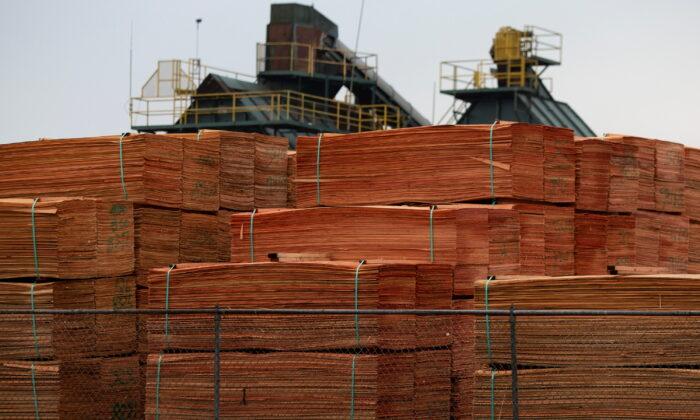Lumber prices have continued to decline after soaring by around 300 percent over the year in May, when they hit record highs and added around $36,000 to the cost of an average new single-family home.
As sawmills have ramped up output and buyers put off purchases, both spot lumber prices and futures contracts have seen a sharp drop since May’s peak of nearly $1,700 per thousand board feet, the unit of measurement for lumber in the United States.

Scott Reaves, forest operations director at Domain Timber Advisors, told Bloomberg he expects prices to stay above $500 per thousand board feet for the next five to eight years.
“Higher costs and declining availability for softwood lumber and other building materials pushed down builder sentiment in June,” said NAHB Chairman Chuck Fowke. “These higher costs have moved some new homes beyond the budget of prospective buyers, which has slowed the strong pace of home building. Policymakers need to focus on supply-chain issues in order to allow the economic recovery to continue.”
The HMI index shows that builder confidence in the market for newly-built single-family homes fell two points to 81 in June. Still, with any number over 50 indicating that more builders view conditions as good rather than poor, the reading is a signal of strong demand in a housing market beset by inventory shortages.
Sales expectations in the next six months posted a two-point decline to still-high 79, suggesting a high level of confidence among builders that their business will improve, according to NAHB.
The traffic of prospective buyers index dropped two points in June to 71.
“While builders have adopted a variety of business strategies including price escalation clauses to deal with scarce building materials, labor and lots, unavoidable increases for new home prices are pushing some buyers to the sidelines,” said NAHB Chief Economist Robert Dietz. “Moreover, these supply-constraints are resulting in insufficient appraisals and making it more difficult for builders to access construction loans.”
The spike in lumber prices has driven more homebuilders to consider concrete as an alternative building material to keep costs down.





